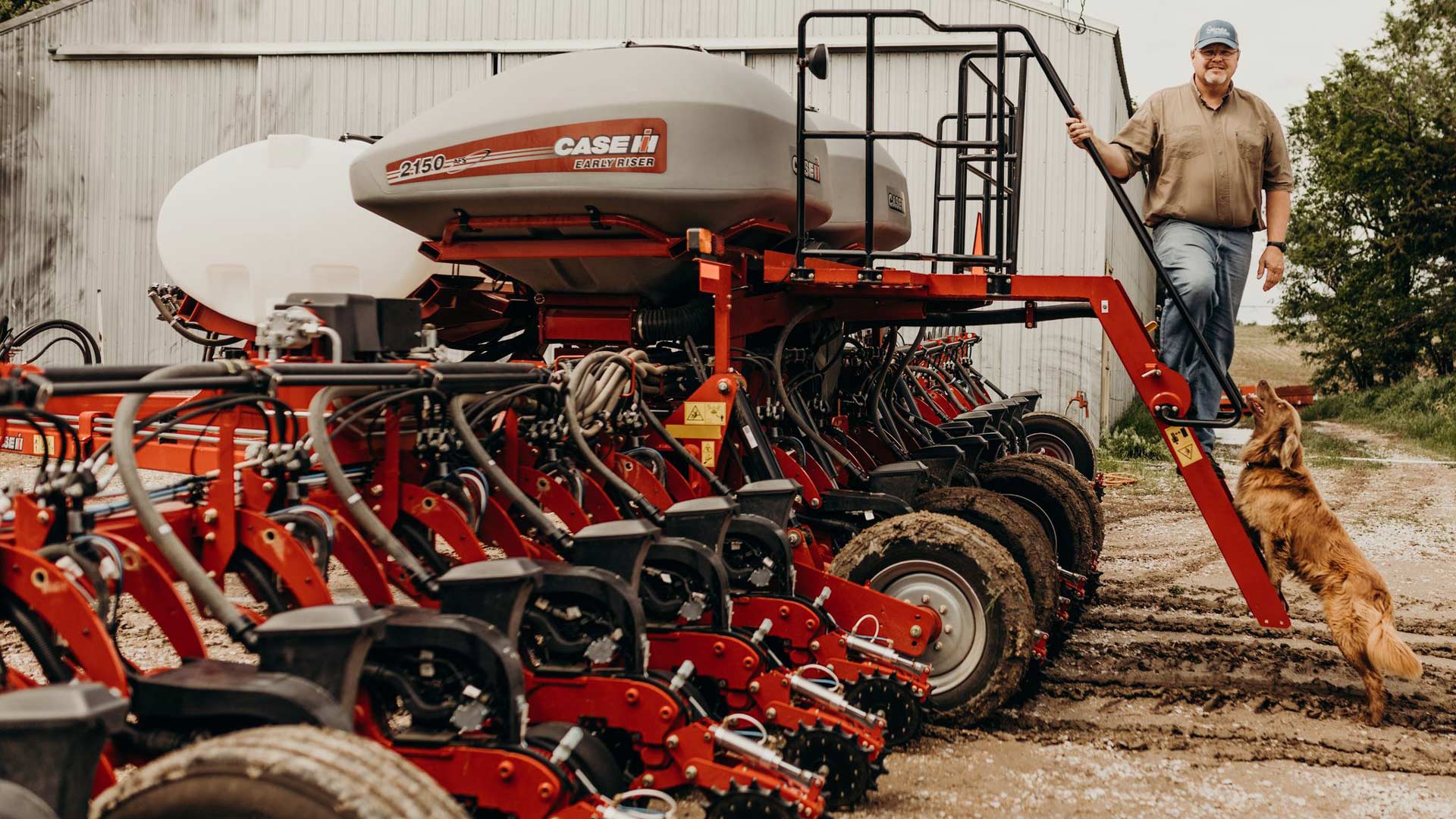May is Nebraska Renewable Fuels Month, so it’s a great time to learn more about the ethanol fuel options at the local gas station.
Use this guide and video to discover what these ethanol biofuel blends are, which vehicles can use different blends and how to know which one is the best choice for your car, truck or SUV.
E10 Gas
- Who uses it? E10 is approved by the Environmental Protection Agency (EPA) for use in all conventional gas-powered vehicles.
- How do you know if you can use it? If you drive a gas-powered car, truck or SUV, you can use E10.
- How is it different/made up? E10 is an ethanol gas blend made of up to 10% ethanol mixed with regular gasoline. Widely available, 98% of the gas sold in the United States contains up to 10% ethanol.
- Savings at the pump: In April 2024, a gallon of E10 cost 56 cents less than a gallon of ethanol-free gasoline, according to prices reported to the Renewable Fuels Association’s price-tracking website, com.
E15 Gas, aka Unleaded 88
- Who uses it? The majority of cars and trucks operated today can use E15. It is approved by the EPA for use on vehicle models 2001 and newer.
- How do you know if you can use it? If your truck, SUV or car runs on gasoline and was made in or after 2001, you can use E15/Unleaded88 to fuel it.
- How is it different/made up? E15 gasoline consists of up to 15% ethanol and 85% gasoline. Also called Unleaded 88, it burns cleaner than regular gasoline, which reduces greenhouse gases.
- Savings at the pump: Drivers who used E15 saved an average of 88 cents per gallon compared to a gallon of ethanol-free gasoline, according to fuel prices reported in April 2024 to e85prices.com.
E85 Gas, aka Flex Fuel
- Who uses it? E85 fuel blends are used in flex fuel vehicles.
- How do you know if you can use it? If you drive a flex fuel vehicle, you can use E85. Flex fuel vehicles often have a sign or decal on the back that says they are a flex fuel vehicle. You can also tell if you drive a flex fuel vehicle by looking at the gas cap, which often is yellow or contains writing that indicates the vehicle is able to run on flex fuel.
- How is it different/made up? E85 is a blend of gasoline mixed with up to about 85% ethanol. Also called flex fuel, E85 burns even cleaner than other ethanol blends used in today’s vehicles. It is usually identified at the pump by a yellow hose or yellow pump handle in addition to being labeled as E85.
- Savings at the pump: In April 2024, the price of E85 cost an average of $1.36 less per gallon than non-ethanol blends, according to prices reported to E85prices.com.
E30 Gas
- Who uses it? E30 is currently approved by the EPA for use in flex fuel vehicles. However, a year-long research study by the University of Nebraska-Lincoln found E30 caused no adverse effects when it was used to fuel state-owned, non-flex fuel-compatible vehicles. Efforts are underway to show how E30 can be safely used in more types of vehicles, so it can be accessible to more drivers.
- How do you know if you can use it? If you drive a flex fuel vehicle, you can use E30. You can tell if you have a flex fuel vehicle if the back of your vehicle has a sign or decal that says, “flex fuel vehicle.” Many flex fuel vehicles also have a yellow gas cap or a sign on the fuel door indicating it is a flex fuel vehicle.
- How is it different/made up? E30 is a blend of 30% ethanol and 70% gasoline.
- Savings at the pump: E30 ethanol blends usually cost less per gallon than fuel blends that contain less ethanol, such as E10 and E15. However, they would typically cost slightly more per gallon than E85, which contains a higher concentration of ethanol.
Ethanol: Good for the Environment and Your Budget
Whether it’s a trip to the lake, a family vacation or going to the local ball field to cheer on your favorite Little League team, ethanol and other biofuels are an eco-friendly way to get there. Plus, because ethanol production uses corn grown here in Nebraska—which is a renewable resource that can be planted and harvested year after year—fueling up with ethanol helps improve sustainability and energy security. Even better for your pocketbook, ethanol saves you money at the pump!
Related Posts
Corn Irrigation: Providing Responsible, Sustainable Growth for Nebraska Crops
Irrigation is crucial for Nebraska's agricultural economy, providing corn and other crops water in a sustainable manner that protects the state's water supplies. Modern irrigation systems in Nebraska allow farmers to precisely water their [...]
Trade Missions: Reaching Global Corn Customers, Strengthening Partnerships
Cultivating relationships is key to successfully marketing any product. In today's economy, that often means going global. The Nebraska Corn Board connects farmers with customers around the world through international trade missions. During these [...]





